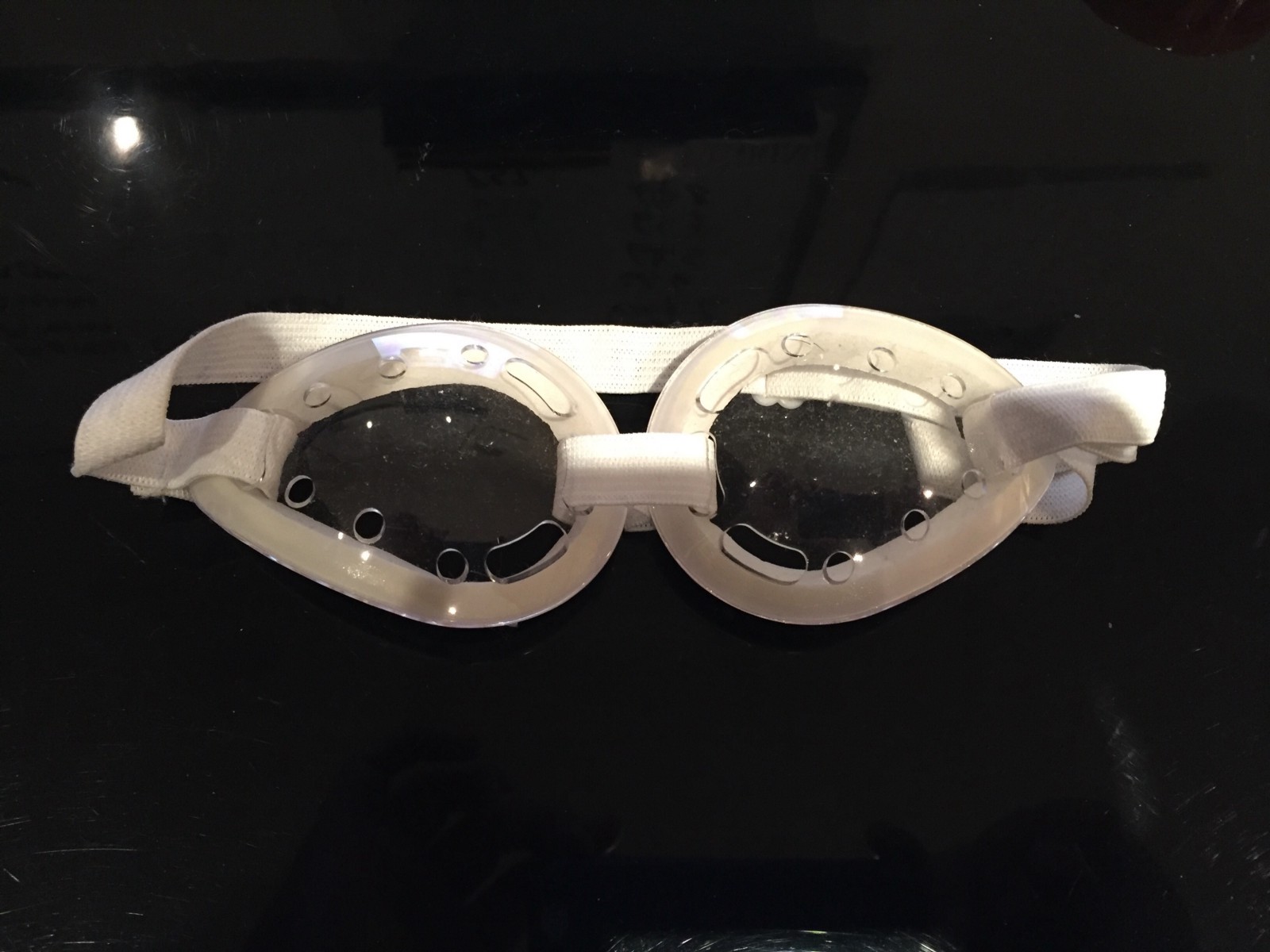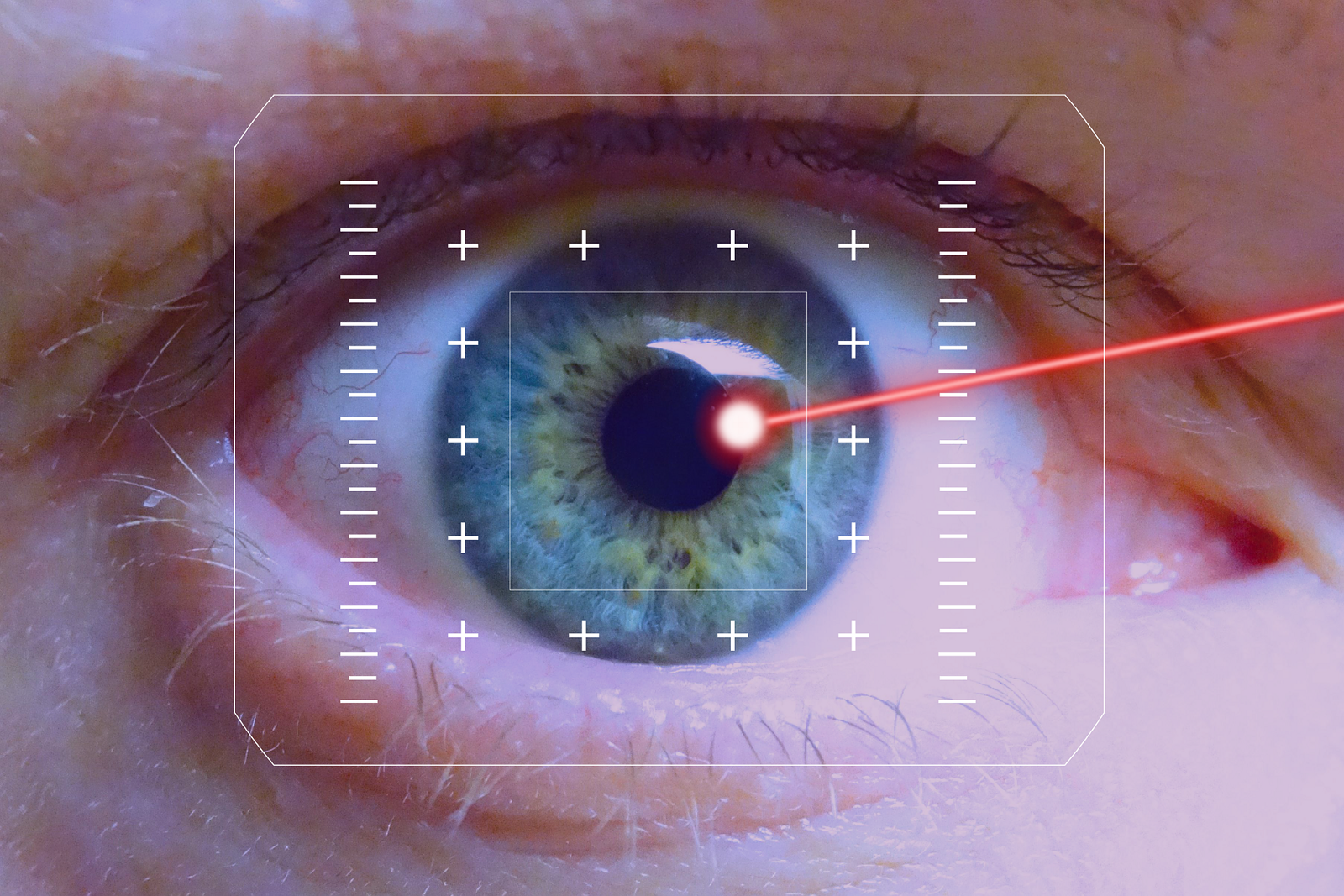My 2017 TransPRK/Lasek Experience — Part Three: The Recovery
In this three part series I talk through my recent TransPRK Laser treatment for the benefit of others. In Part One I cover my reasons for opting out of Lasik, whilst Part Two and Three look at my recovery and tips for anyone thinking about treatment.
Day 0 Monday (Surgery)
5PM: I arrived home less than an hour after my operation and felt fine though light sensitive, most likely because the anesthetic drop was still in effect. I wore sunglasses around the house and immediately drank vitamin C. Honestly I had expected to be much worse straight after the treatment. My biggest annoyance was the contact lenses in my right eye. For whatever reason I could feel it much more. On the surgery day you are required to apply artificial tears every 15 minutes. I made a complete hash of this due to my extremely long eyelashes. Lowering the bottom eyelid didn’t work so I alternated between the inside of the eye and lifting the upper-lid. It took about 4 attempts each time to get 1 drop in, every 15 minutes. Soon my face was covered in tears that had missed my eyes. An excellent start to an already daunting recovery process.

Drop schedule for Week 1
6PM: It became increasingly difficult to keep my eyes open though I wasn’t in pain. The eyes felt scratchy and irritated more than anything. This made it hard to apply the drops but you have to persevere.
8PM: Shortly after dinner my eyes began to stream with tears for a short period. This didn’t hurt but was uncomfortable as I could feel it in the lenses. If I opened my eyes they would tear, but shutting them didn’t feel right either. I ended up alternating between the two before taking a voltaral eye drop (note not anaesthetic). This seemed to really help and soon the tearing eased.
10PM: After my last round of drops I went to bed for the first time with Lasek goggles. These are not comfortable but I was able to sleep fine with them on. Overall my first day was much better than anticipated, and I felt confident I would make a quick recovery.
Day 1 — Tuesday (Day after Surgery)
6AM: I woke up early and felt OK. I put in some tear drops as my eyes were dry and went back to bed.
9AM: I woke up properly and drank some vitamin C as this is supposed to aid the healing process. I applied my first set of proper drops, which began an hourly schedule from now until 10PM. I still haven’t needed to use the numbing drop for any extreme pain. I could read phone messages up close all throughout the day and felt good. My vision was slightly blurry though it kept going in and out of focus like a camera lenses — a strange sensation as if you are adjusting the focus on an iPhone. The TV and computer screens remained too bright to look at comfortably, but provided useful background noise. I could glance at the screen for periods through my sunglasses. Mainly I listened to an audio-book — Tony Robbins Unshakeable (highly recommended reading).
7PM: By the evening I was getting very cocky about the whole recovery. Two of my friends had warned me It would be a process but I hadn’t experienced any of that. Safe to say I had my comeuppance, as around 7PM my eyes started to stream uncontrollably. My eyes started to hurt and I could feel tears stuck around both contact lenses. At first I was laughing and then soon I was literally rolling around in fits of pain. I screamed at my mother to get the pain-killer drop as I couldn’t read or see anything. Upon entering my room she turned my light on which led to me falling to the floor in some sort of epileptic fit and swearing very loudly. I had never experienced this kind of sensitivity or discomfort. During this period my nose also began to run like crazy. I managed to force the drop in and took an oral tablet as well (still avoiding the anaesthetic drop). I lay under the covers eyes closed as slowly the pain subsided over the next hour. As all the blogs tend to agree, at one point the recovery will hit you.

High tech lasers require Low Tech goggles
Day 2 — Wednesday
6AM: On Wednesday I woke up with both eyes streaming through the Lasek goggles. It wasn’t so much painful though again I could feel my contacts meshing with the tears. I applied some artificial tears and took the Volatarol pain drop as precaution. The tears helped ease my streaming and I was able to sleep some more.
10AM Onwards: On this day my vision was much blurrier than previously. I couldn’t really read anything properly or focus on any screen. Whereas before I could read my phone at a close distance, I really struggled and had more frequent headaches which required oral painkillers.
7PM: From Day 1 on-wards you are allowed to reduce artificial tears from 15 mins to every hour. Today I realised I needed them more frequently, as my eyes were not feeling the same as the previous days. For the rest of the evening I upped my tears to every 15 minutes using my newly found eye-drop skills. Immediately my eyes started to feel relieved and healthier. Keeping the eyes hydrated has been noted as important in the healing, and given I have dry eyes already it is increasingly more important for me to frequently apply the drops.
Day 3 — Thursday
6AM: I woke up with dry eyes so applied tears immediately. This felt much better and I noticed less blurry vision already.
10AM Onwards: My vision had improved overnight though I still had mild light sensitivity and headache. The biggest difference was being able to watch TV comfortably through glasses. I was also able to look at a screen more comfortably and catch up on e-mail for brief periods. I maintained a strong schedule of frequent tears every 15–30 minutes. My right eye had become increasingly uncomfortable with the contact lenses, so I arranged for a follow-up appointment the next day with the surgeon. I was extremely paranoid about infection as my eye drop technique was initially poor. Better to be safe than sorry!
Day 4 — Friday (First post-op appointment)
9AM: I met the surgeon at Moorfields Private clinic early for the aforementioned check-up. His assistant first checked my right eye to investigate the contact lenses discomfort. He acknowledged the lenses had been moving around much more than it should have and promptly removed it. He also performed individual eye tests. My right eye ironically was seeing quite clearly, though I could see nearly nothing in the left (extremely blurred). He assured me this was normal, and that the right-eye was ahead of schedule. I was then reviewed by Romesh who was pleasantly surprised to find that both eyes epithelium had healed. This proved to be very quick healing time, which was attributed to my adherence to applying artificial tears. The remaining contact lenses was removed freeing both my eyes. I immediately felt so much better and less blurry. I was told to keep applying the drops and my vision would continue to improve over the next few weeks.

Frequent drops are key to recovery
Rest of day: I felt much better for the rest of the day with no lenses poking my eyes. My light sensitivity was almost gone though I still had horrific halos when looking at traffic/car lights. It feels like you are playing real life sonic, chasing rings all throughout London. Regardless it became easier to look at screens, though I am still not reading at distance, nor am I seeing my computer screen clearly. I am still not ready for work but I am showing great improvement only 4 days out from the operation. I have not had a fit like the Day 1 since, and have not had to take the pain killed drop for two days.
Day 5 — Saturday
General: I slept without the Lasek goggles for the first time as I no longer had the contacts. I probably should have waited till Monday but I felt they were more likely to poke me in the eye. I woke up early to apply some tears but for the most part I was feeling very normal. I could watch TV easily and read my phone without difficulty. The only issue I had was maintaining focus on a computer screen and glare from bright light. I was not at driving vision or able to work properly, however I could see myself improving day by day. I still had not showered fully (below head only) to avoid water getting in the eyes, however I expected to resume more normal life on Monday on the surgeons OK.
Week 2 and Beyond
From Week 2 things became much easier. After one full week I could have returned to work but I decided to take two weeks to avoid straining. When I returned my vision was still alternating between crystal clear and slightly blurry, often refocusing throughout the day. After 4 weeks I really started to feel fully healed and enjoy the benefits of my new vision. I continued taking drops to ensure healing and increasingly saw improvements in the consistency of my vision over time.
Three Month Check-Up
I am pleased to say at my three-month check-up I had no prescription and was seeing better than 2020. I could read lines on the chart which I never could with glasses, and I could not be happier with my results. It has been truly liberating to rid of glasses and play sports freely without worry. Ultimately it is an individual decision, however I would recommend this to anyone on the fence or wanting to do it.
If you are queasy about the eyes or the process in general, I highly recommend Mr Anugunwala as someone who will ease your concerns (checkout the link below) or any of the professionals at Moorfields. For me it was worth the extra fee than going to a high street Optician.





